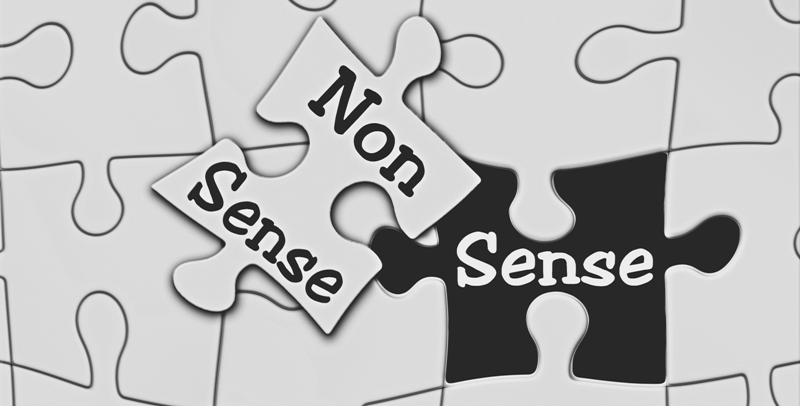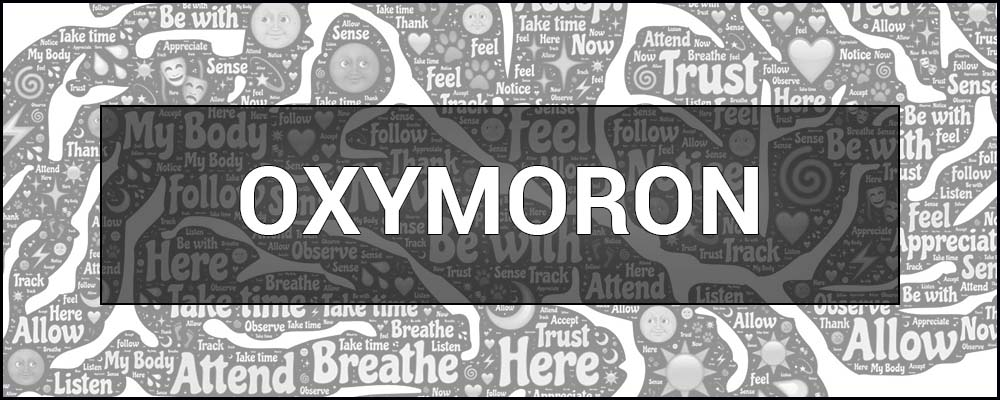An oxymoron is a figure of speech that combines two opposing ideas to create the desired effect.
What is OXYMORON – definition and meaning in simple words.
In simple terms, an oxymoron is an expression that consists of two contradictory and mutually exclusive words or phrases. In everyday life, people often use such expressions, trying to convey some dramatic coloring to a situation or simply to show the sharpness of their mind. Quite often, oxymorons are idioms that are quite difficult to understand for a non-native speaker of a particular language.
Oxymoron as a general concept is very similar to paradox, but unlike paradox, it is a shorter expression, usually consisting of two words.

Why do people use oxymorons, and where can they be found?
First of all, oxymoron is a way to attract attention and interest a person, make him wonder and think about the words he heard. For example, the phrase “a long moment” is somewhat discouraging and overwhelming. How is that even possible? How can a moment be long when a moment is something very fast? This evokes unusual and unexpected associations, makes you think about a phrase or smile.
Where is the best place to use oxymorons?
Such expressions are best used where you need to grab attention with just a few words. That is why oxymorons are very often found in book titles:
- “Living Dead”;
- “Hot Ice”;
- “Honest thief”;
- “Optimistic Tragedy”;
- “End of Eternity”,
in movie titles:
- “True Lies”;
- “Back to the Future”,
in advertising slogans and poems.
When we hear such expressions, our brain gets into a situation of confusion. He begins to process them and actively tries to imagine the current situation or action. Literally, two words excite the imagination. But this is exactly what the author of the book, the director of the film or the marketer needs. They need to pique your interest in their product.
Oxymoron is also often used to create some kind of drama. For example, “cruel kindness” or “deafening silence.” Such phrases often give artistic brightness to the work, because they have a strong effect of surprise and pose a logical paradox to those who read them. Which everyone interprets for themselves in their own way. And that’s the beauty of oxymorons.
Marketers often use oxymorons because such phrases are very easy to remember.

Examples of an oxymoron:
- Old news;
- cold as hell;
- organized chaos;
- infinity and beyond;
- clearly confused;
- same difference;
- struggle for peace;
- virtual reality;
- silent cry;
- little giant;
- long moment;
- original copies;
- deafening silence;
- afterlife;
- pretty ugly;
- terribly good;
- cheerful pessimist;
- cruel kindness;
- awfully good;
- humane slaughter;
- joyful sadness;
- the living Dead;
- whisper loudly;
- peaceful conquest;
- sad smile;
- silent cry;
- true lies.
Many of these expressions have long taken root in everyday communication and can often be heard both in private conversations and in the media.




